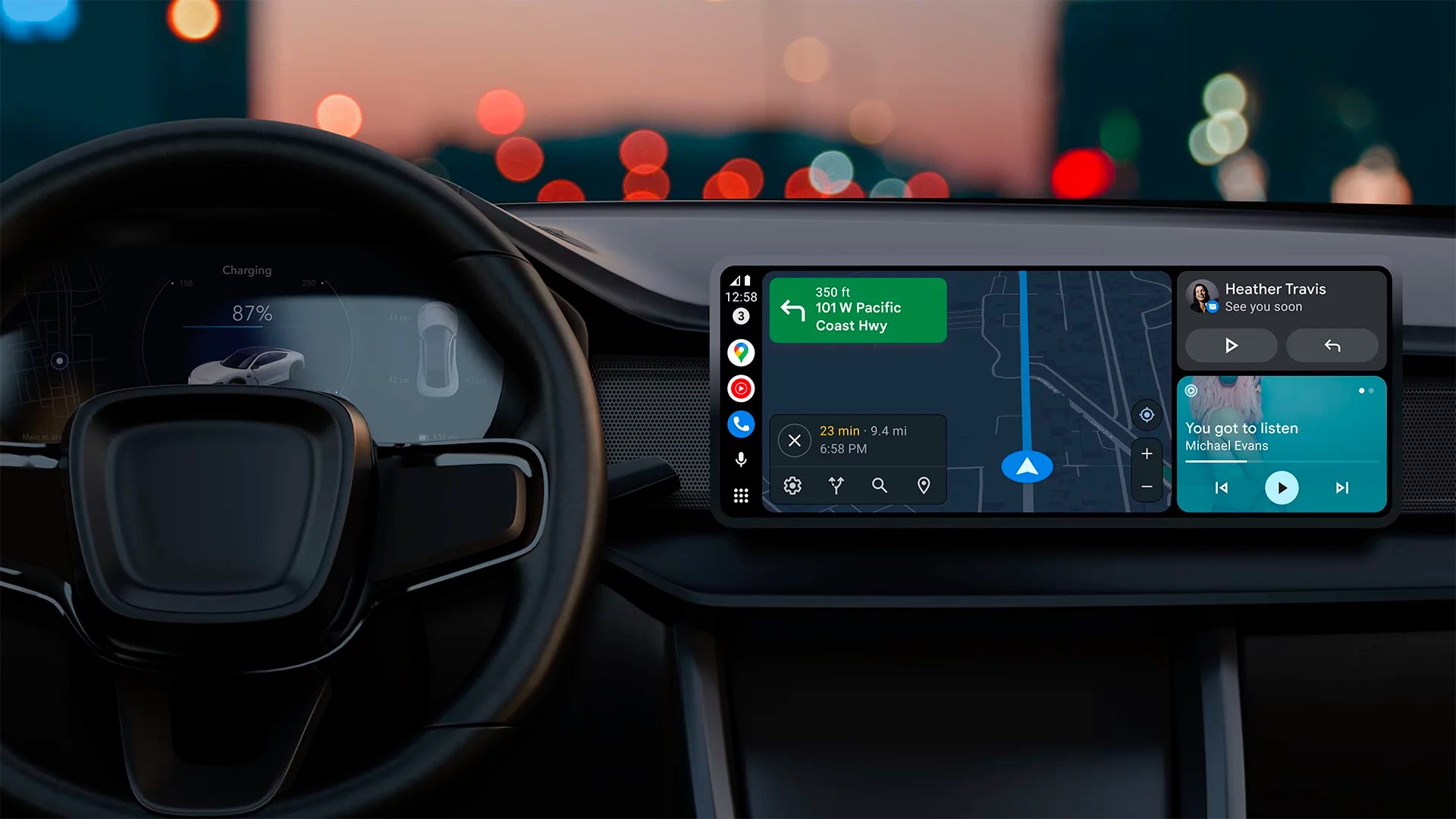
With the impending changes coming to the motor industry, many drivers are beginning to consider purchasing an EV. The market has grown substantially in recent years, with over 150,000 new electric vehicle registrations so far in 2023.
When it comes to the infotainment system in EVs, there are a few different options. Some manufacturers have opted to take things into their own hands, designing a proprietary system for their vehicles. Others have used systems like Android Automotive, which is an operating system designed specifically for the head unit of a car.
If they opt for neither of those, though, there's always the option to simply mirror your phone display. Android Auto – or Apple CarPlay if you use an iPhone – is the system used to do that. Now, Android Auto has got a host of cool upgrades to make the system more useful for electric vehicle users.
That's according to 9to5Google, who have taken a dive into the code behind the Android Auto system. That has provided some insight into what may be coming for users.
The majority of the changes are focused around identifying that your car is an electric vehicle within the system. Users will be able to manually specify that, allowing them to toggle further information in apps like Google Maps.
For example, users will be able to select the kind of charger used on their vehicle. That, presumably, will feed into the information about charging stations contained in navigation apps, to ensure that the proposed pit stop location is suitable for your vehicle. Options are listed for various types of charger, including J1772, CCS (Combo 1 and 2), Type 2, and CHAdeMO.
Interestingly, there was no inclusion for the NACS charger used on devices like Tesla. That might have made sense initially – Tesla has always used an in-house software for their system. But that charging standard has recently been adopted by other manufacturers, such as Ford, who use Android Auto in their vehicles.
The deep dive also unearthed strings of code relating to battery level. That could mean that information will be displayed directly through the Android Auto system, though it wasn't fully formed enough to be sure.
There's no confirmation of when these features will go live – or even if they will altogether. These codebreaking efforts are useful for insight, but there's no guarantee they'll make it out to the public. I hope they do, though. The features would make the experience in an electric vehicle even slicker.







